Everyone and their Aunt Betty is doing webinars. But it doesn’t mean they’re getting people to sign up and or buy their stuff.
You have probably registered for at least a few webinars in the past, right?
Even if you registered, it didn’t mean you’d attend.
And, if you attended or watched a replay, chances are you didn’t purchase the products or services promoted.
Here’s the cold hard truth: most webinar conversion rates aren’t high.
You may only get 5% to 15% conversion on your webinar registration page.
From there, you may have a 35% to 45% registrant to attendee conversion rate.
Next, you’d cross your fingers that you have the right audience attending the webinar so they’ll actually make a purchase.
Most people expect a single-digit conversion rate.
There are many hoops to jump through before you can generate substantial income from a webinar.
You’ll need a lot of people entering the top of your funnel. You’ll need to promote your webinar and make sure you’re getting the right people to register.
Then, optimize your funnel for conversion by getting those who have registered to attend the webinar or watch the replay in hopes they make a purchase.
Sound complicated?
Let’s make it simple.
Here’s the key to getting the most out of your webinar: you need to generate as many high-quality leads as possible.
So what’s the secret sauce to generating leads and turning them into sales?
Here’s what you need to know:
Attract high-quality leads to register
To generate leads and increase ROI, you need to focus on boosting the conversion rate. Here is how you can do that:
Identify your audience
Let’s do a bit of reverse engineering here…
If the goal of your webinar is to sell a product or a service, then you need to first determine who’s going to buy the offer.
That means you have to know exactly who you want to be attending your webinar.
To clearly define your audience, create a buyer persona map like this:
A buyer persona map will help you hone in on their demographics and psychographics.
Your buyer persona should cover the pain points, frustrations, and desired outcomes of your target market in relation to the product or service you’re promoting in the webinar.
There are a few ways to gather this information:
- Survey: Asking your existing customers, email subscribers, or social media followers with a pre-webinar survey is the best way to find out what your target market wants and needs. Phone calls are great ways to get in-depth information while online survey allows you to gather input from more people and a broader perspective of what your audience wants.
- Online research: Identify individual prospects and learn about their habits, behaviors, and preferences on social media profiles, publications, and other websites. Pay attention to how they describe their challenges and read between the lines to find out what makes them tick.
- Customer data: Find customers who have purchased the same or similar products as you’re promoting in the webinar.
This way you can begin to understand what messaging or positioning they’re most responsive to. - Webinar registration: You can continue to refine your buyer persona during the webinar registration period.
Start by collecting additional information on your registration page.
Set up landing page with targeted messaging
With the information you have gathered in the buyer persona, you can now create a webinar registration landing page.
Use content that targets your ideal customers’ challenges, pain points, needs, and wants.
The one and only goal of this registration landing page is to get potential attendees to sign up for the event.
Make it simple for them by entering their information, such as name and email address.
The copy and images on the page need to communicate to the visitors why they should register for your webinar within seconds of seeing it.
Here are some essential components of a high-converting webinar registration page:
- A compelling title and meta description will boost your SEO ranking. And, get the right audience to click through to your landing page.
- A short video to explain the event and generate excitement.
- Easy-to-read copy that highlights the benefits of the webinar and a value-driven call-to-action.
- Social proof (e.g., social media comments, testimonials) to reinforce your value proposition.
- Urgency and scarcity, such as a countdown timer or a note on limited spaces, to encourage visitors to take action.
- Brief bio of the speakers (you or other guests) to build credibility.
If you’re using webinars for lead generation, chances are you’re offering it for free.
Don’t forget to highlight that it’s a no-cost event so you can get more people to sign up. I know that this sounds obvious, but lots of companies actually have to remind prospects that it’s free. If you don’t make it clear, you’ll definitely get questions asking about the cost. Or worse, they won’t ask and instead assume there’s a free and won’t sign up.
Offer on-demand or replay
In 2017, one-third of all webinar attendees only watch an on-demand event.
People want to consume content when and where they want it.
In particular, mobile access has shifted media consumption pattern to on-demand formats that put the viewer in control of their viewing schedules.
Offering a replay or allowing prospects to access your webinar on-demand can entice more people to sign up for your event.
On-demand access also gives you the opportunity to continue promoting the event after the live date and keep generating leads.
Co-host with a partner
Co-hosting a webinar with a joint-venture partner can give you the opportunity to access a new audience and generate more leads.
Your webinar partner should share a similar audience with your business and offer complementary products or services instead of being direct competition.
To maximize the lead generation potential of the webinar, you need to co-market the event to your respective lists.

And do some research on potential partners to make sure they offer high-quality content that’s a good fit for your followers.
Promote your webinar to the right audience
If you build it… they won’t come. (Sorry!)
To get the right audience to attend the event, you need to promote your webinar through multiple channels actively:
Leverage your current audience
Sharing your webinar with your existing followers is a great starting point to get the word out.
They already know about you, so it’s often much easier for them to say “yes” to registering for your event.
This also gives you a great opportunity to nurture relationships with them and build the trust you need for conversion.
Here are a few ways to promote a webinar to your existing audience:
- Send an email blast to your list. Focus the content of the email on the webinar only and make all the CTAs point to the webinar registration page.
- Include a brief paragraph, an inline link, or a CTA in your blog posts or email newsletters that takes your readers to the registration landing page.
- Post social media updates and create a Facebook event to let your followers know about the webinar.
- Use images and the appropriate hashtags on the posts to capture attention and reach more people.
-
 https://blog.kissmetrics.com/generating-webinar-leads/
https://blog.kissmetrics.com/generating-webinar-leads/
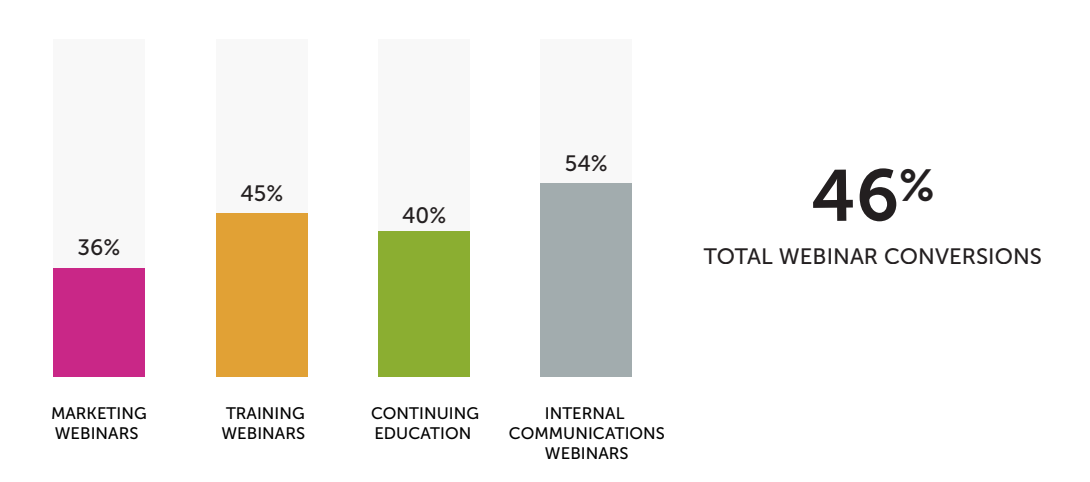
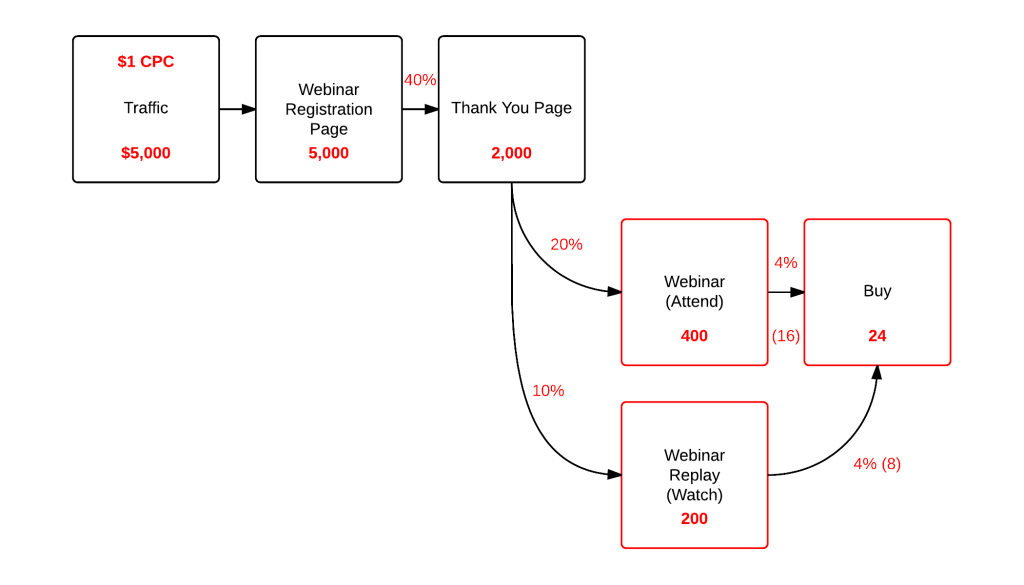
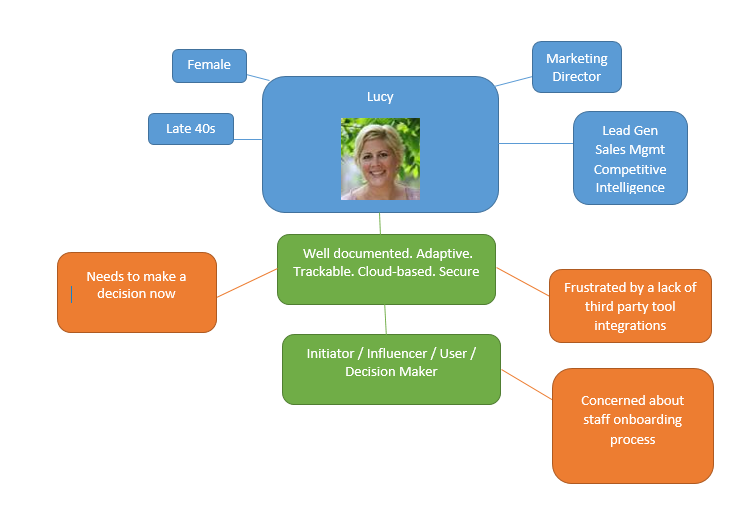
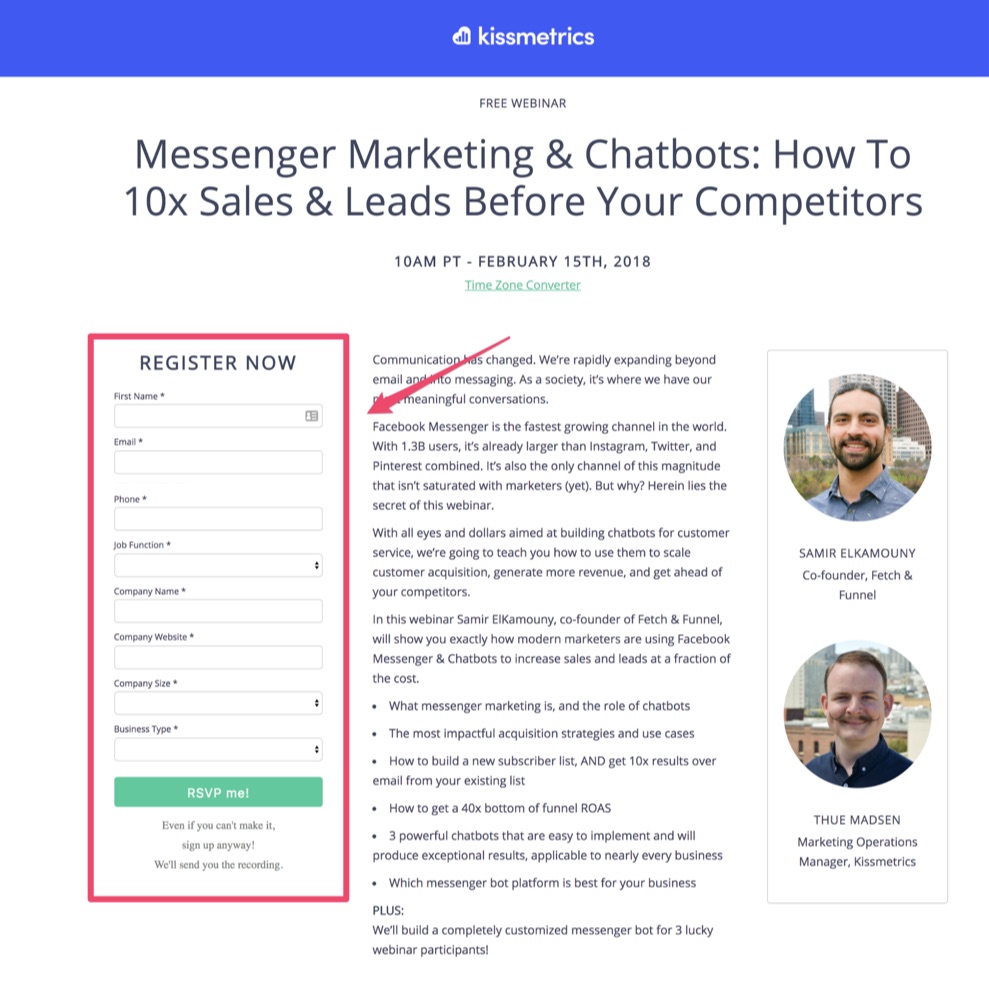
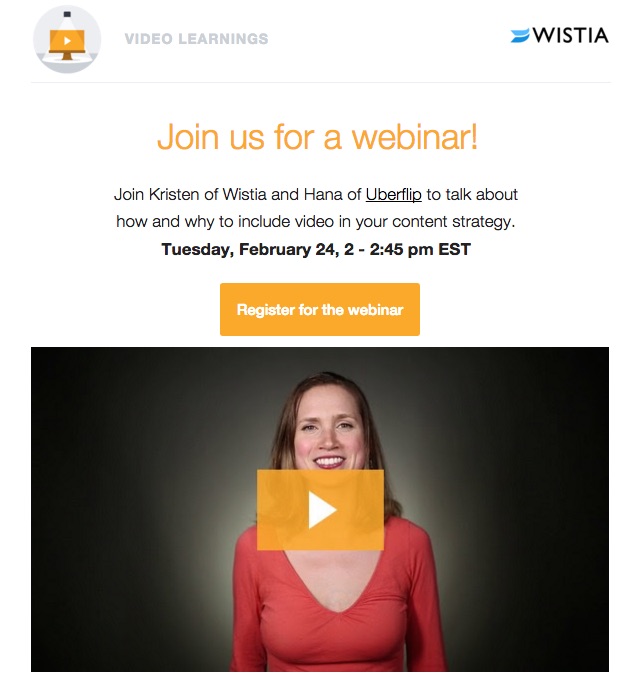
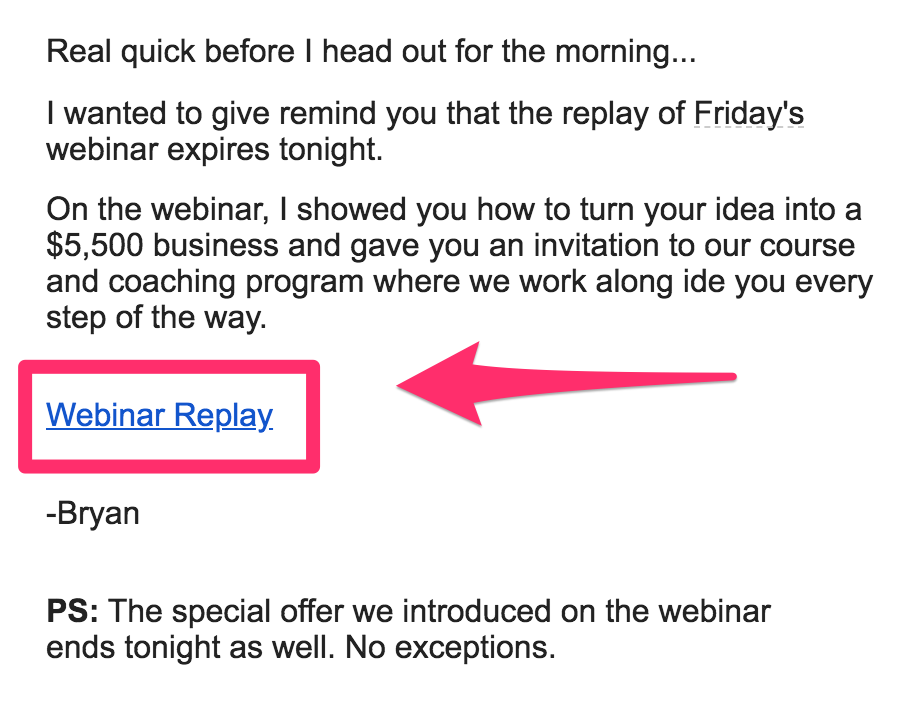
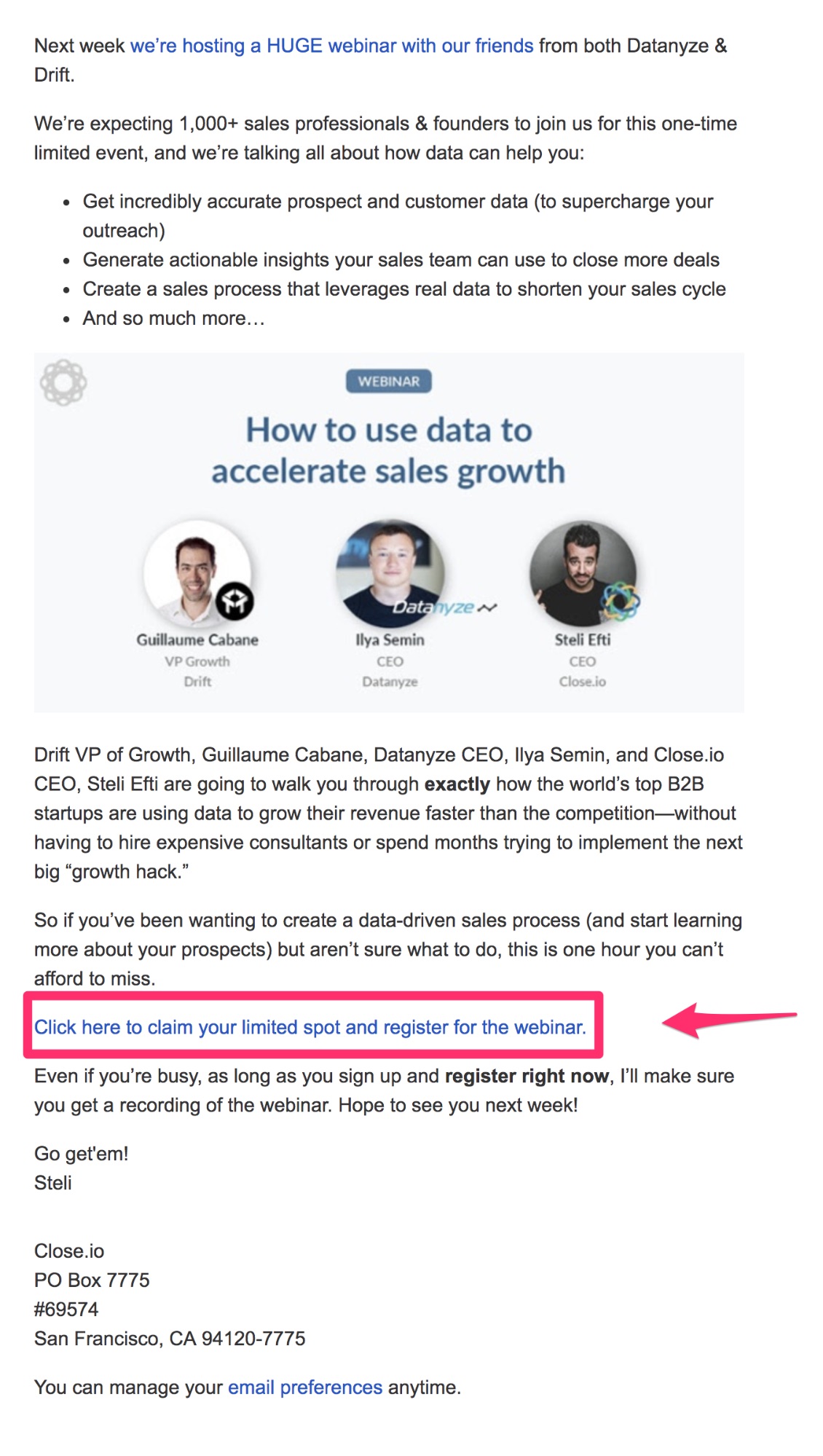

No comments:
Post a Comment